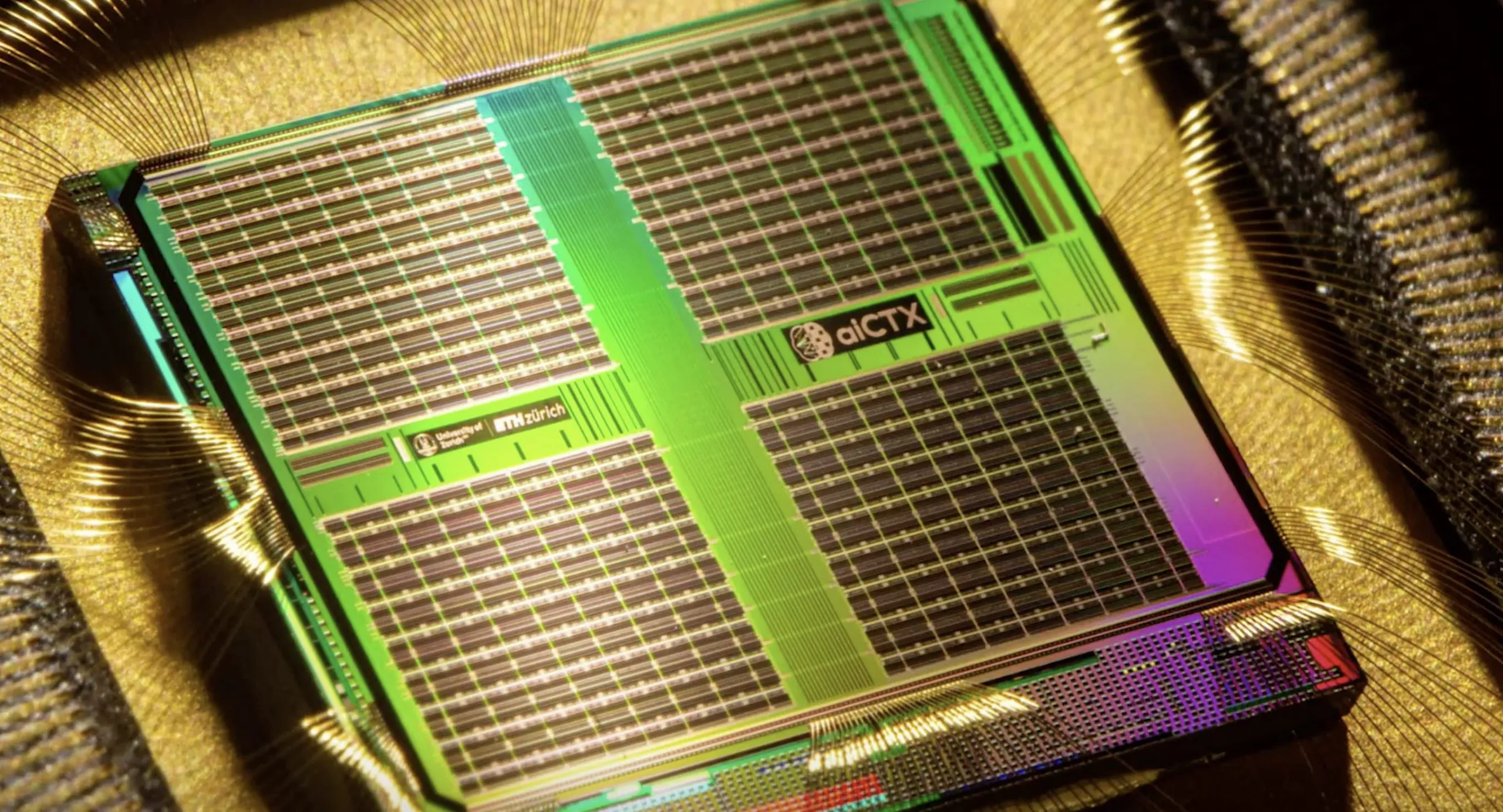Artificial Intelligence
Energy-Efficient Device Made From Artificial Neurons Can Decode Brainwaves

The electronic devices that current neural network algorithms rely on require an intense amount of processing power, meaning these artificial intelligence (AI) systems are still far from being on par with the human brain for processing sensory information or interactions with the environment in real time.
The key to overcoming this challenge could involve neuromorphic engineering, which is a new approach that combines artificial and natural intelligence. Researchers at the University of Zurich, the ETH Zurich, and the UniversityHospital Zurich are relying on this approach to develop a chip based on neuromorphic technology, with the chip accurately and reliably recognizing complex biosignals.
The new research was published in Nature Communications.
HFO Detection
The team used the technology to successfully detect previously recorded high-frequency oscillations (HFOs), which are measured with an intracranial electroencephalogram (iEEG). HFOs have proven to be reliable in identifying brain tissue responsible for epileptic seizures.
The team simulated the brain’s natural neural network, which is called spiking neural network (SNN), to design an algorithm to detect HFOs. They then implemented the SNN in a small piece of hardware that receives neural signals through electrodes, which are extremely energy efficient.
Because of this efficiency, calculations can be done with a very high temporal resolution while not relying on the internet or cloud computing.
Giacomo Indiveri is a professor at the Institute for Neuroinformatics of UZH and ETH Zur-ich.
“Our design allows us to recognize spatiotemporal patterns in biological signals in real time,” Indiveri says.
Real-Life Uses
The researchers are now looking to use the new findings to develop an electronic system that can reliably recognize and monitor HFOs in real time. According to the team, if the tool is used as an additional diagnostic tool in operating theaters, it could improve the outcome of neurosurgical interventions.
HFO recognition could also impact other fields, with the team’s long-term target being the development of a device for monitoring epilepsy. This type of device could be used outside the hospital setting, making it possible to analyze signals from a large number of electrodes over several weeks or months.
“We want to integrate low-energy, wireless data communications in the design — to connect it to a cell phone, for example,” Indiveri says.
Johannes Sarnthein is a neurophysiologist at UniversityHospital Zurich.
“A portable or implantable chip such as this could identify periods with a higher or lower rate of incidence of seizures, which would enable us to deliver personalized medicine,” Sarnthein says.
The research on epilepsy is taking place at the Zurich Center of Epileptology and Epilepsy Surgery, which is part of a partnership between UniversityHospital Zurich, the Swiss Epilepsy Clinic, and the University Children’s Hospital Zurich.














